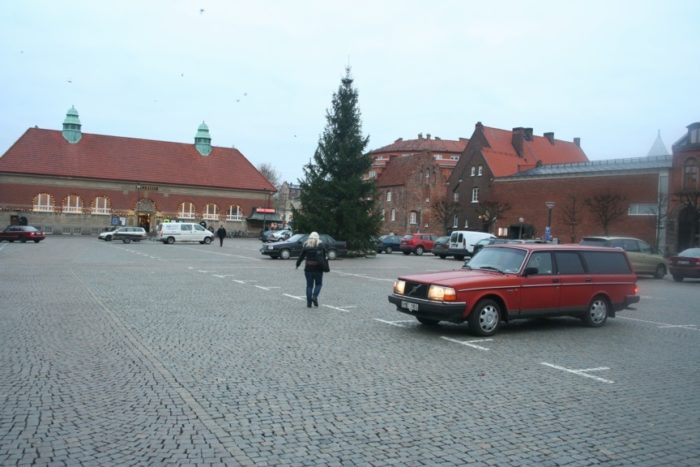
Image Credit: Alex Wilson
I had the great fortune two years ago to spend a couple weeks in Sweden. In late December 2007 I was visiting my daughter, who was studying at Lund University.
When I arrived in Lund by train from the airport in Copenhagen, Denmark, it was late afternoon, raining lightly, and nearly dark—even southern Sweden is quite far north. I was immediately struck by the way people got around: despite the rain, bicyclists were everywhere; sidewalks were filled with pedestrians; and I think city busses almost outnumbered cars.
Something was different here. Lund is an old, medieval city, densely populated with row-houses lining the narrow, cobblestone streets and broad sidewalks. Compared with my home state of Vermont, it’s also fairly flat, making it well-suited to bicycling.
A couple decades ago the city made a decision to put attention and money into bicycle transportation. Bike lanes were incorporated into city streets, and extensive networks of separate bicycle paths were built, forming a sort-of alternative road network. Most of the bike paths have separate lanes for each direction of travel, plus a third one for walking—all clearly defined with signage. While there are certainly road crossings, where new road work has been done, separate underpasses or overpasses for these bicycle paths have often been created.
All this makes it a breeze to get around.
When I went further afield—into Malmö or north to Växjö—I’d either walk or bike the seven or eight blocks to the Lund train station. The bicycle “parking lots” at the train station were immense, with several that contained hundreds of bikes.
Buying train tickets was quick and easy, using automated machines, and you could set your watch by the precise train arrivals and departures. I happened to see an individual in a wheel chair boarding the train; a conductor quickly appeared with a simple ramp to bridge the gap. All this was a model of efficiency—as one might expect from the country that spawned IKEA.
I didn’t ride busses when there, but they struck me as being similarly efficient, though they struggled somewhat to navigate the narrow streets.
One of my most cherished images in Lund was in the center of town on a busy afternoon with streets filled with people, when I came across a parking lot. It was a lot like our parking lots—with white lines demarcating the parking spaces—but with one huge difference. It was nearly empty! The few Volvos and Saabs looked so oddly alone that it took me a while to figure out what was wrong. Residents just don’t feel a need to drive. For more transportation-related photos and observations from my trip, see my blog, “Notes from Sweden #1: How They Get Around.”
As a result, if the price of gasoline and diesel were to shoot up to, say, $10 per “gallon, the direct impact on residents would be relatively minor. Sure, their cost of food and shipped goods would go up and bus fares would likely increase to cover the higher fuel cost, but life could go on much as it is today.
Contrast that with the United States. If gasoline were to get dramatically more expensive here, or if there were to be actual supply shortages due to refinery shut-downs or terrorist actions, we’d be in a real bind. Most of us can’t walk or bike to a store for our basic needs, and we don’t have access to convenient bus or rail transportation. Even schools are getting more regional, precluding walking or biking—which most of us in our 50s or older did as kids.
The average distance an American walks per day is 350 yards. Think about that! Not only are we unable to get where we need to go without getting in our cars, but we drive to the health club to get our exercise—if we exercise at all.
Something’s wrong with this picture.
Throughout my trip to Sweden, as I visited all sorts of interesting facilities (including wood-chip-fired power plants providing district heat; a sewage treatment plant that produces biofuel for city busses; and a green roof demonstration center that’s been operating since the 1990s), I thought about what it would take to make our own transit system less dependent on automobiles.
It won’t be easy, to be sure, but I believe that we need to begin figuring out what needs to be done and then chip away at it, little by little. We need to construct wider shoulders for biking when we work on roads. We need to create walking and biking pathways. We need to make public transit convenient and pleasant enough that it’s actually used.
For these sorts of things to happen, more of us will have to get involved. The good news is that that’s beginning to happen. New models of transportation are emerging from Portland, Oregon to Portland, Maine. I’m optimistic that we can someday make clean, convenient, affordable transportation the rule rather than the exception.
Weekly Newsletter
Get building science and energy efficiency advice, plus special offers, in your inbox.





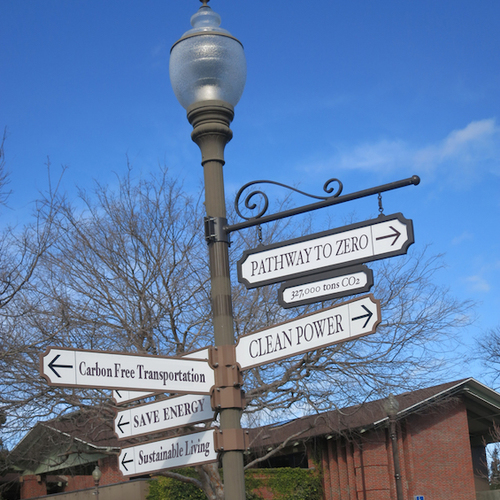
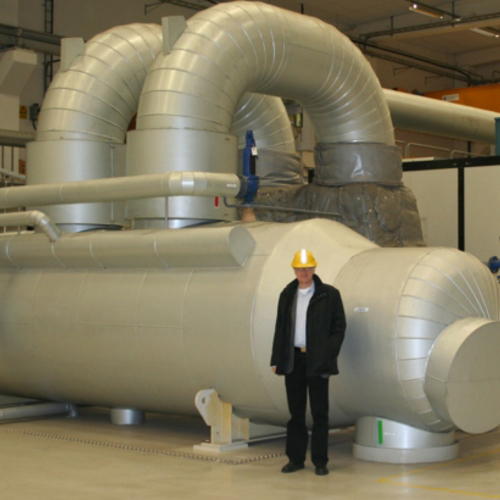
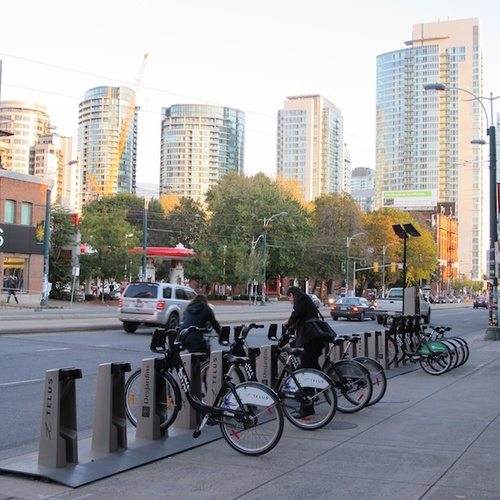
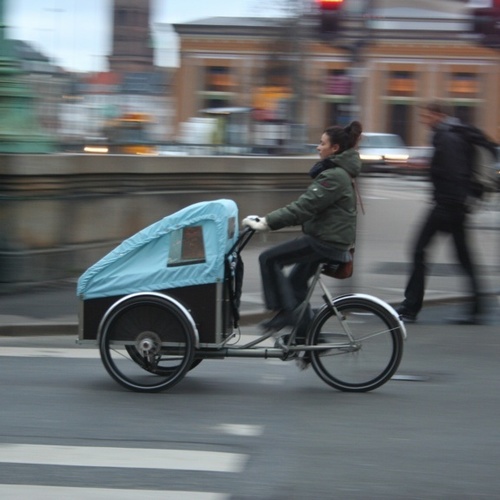






One Comment
nice, thank you
nice, thank you
Log in or create an account to post a comment.
Sign up Log in